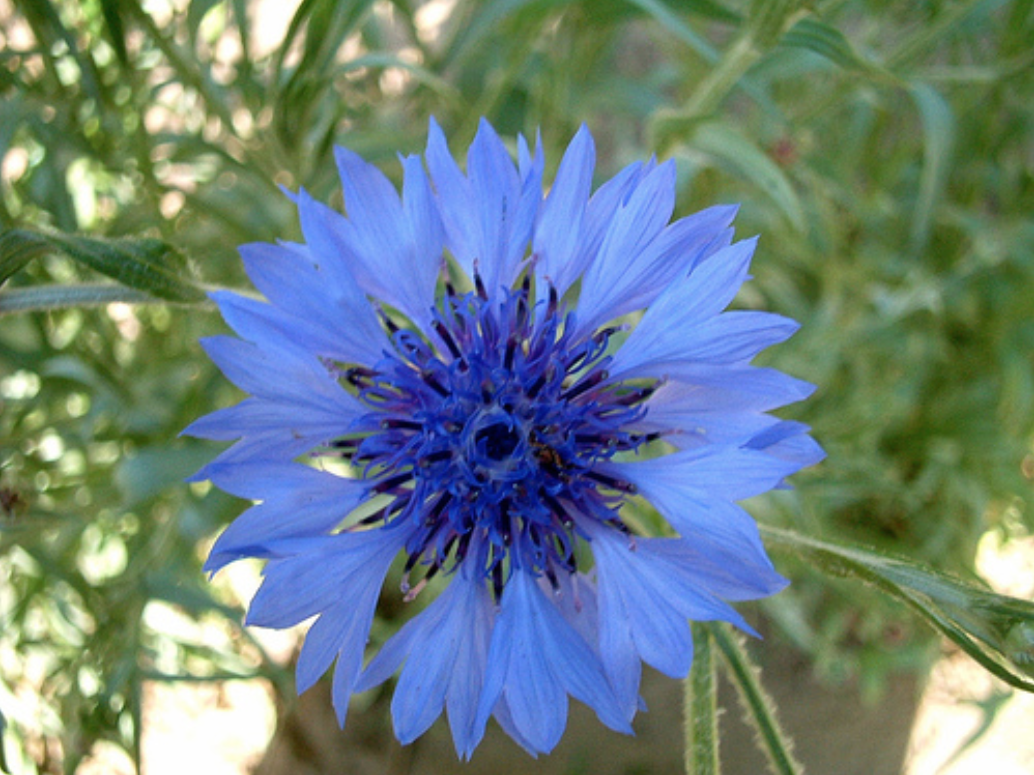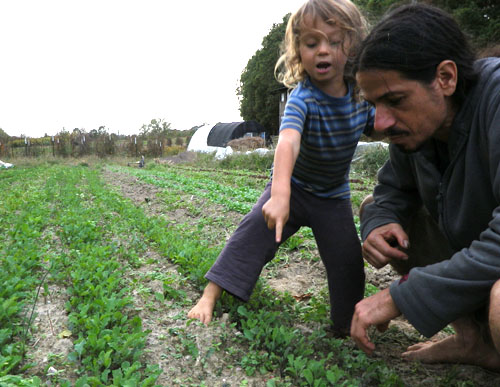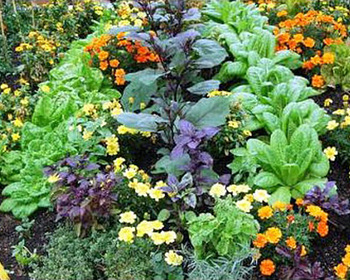
As most of the garden is put to bed for the season and the new catalogs are coming out it’s time to start planning for spring. Deciding on which varieties to select is always a tough choice. But whether you enjoy cottage style gardens or more “market style” gardens with tidy rows you should include a few edible flowers on your list.
They’ll help you avoid food dyes.
Edible flowers are perfect for dressing up baked goods without using processed food dyes and preservatives. Any cake or cupcake will look just as instagram worthy with bachelor’s buttons petals instead of blue frosting.
You can make your own medicine.
Many edible flowers are also helpful medicinal herbs. This year add some echinacea, feverfew, or chamomile to your garden to create helpful herbal teas. Try growing a patch of calendula to concoct your own skin soothing lotions and balms.
Birds will enjoy your flowers too.
Many birds will enjoy the seeds from sunflowers, coneflowers, poppies and other flowers once they’ve finished blooming. If you love seeing birds in your yard they’re a great way to attract them without hanging a bird feeder.
They do double duty in a garden space.
If you’ve got a small garden you want to maximize every square foot. Growing edible flowers brings you beauty and a harvest for your table. Nasturtiums are a great choice because they can be trellised to save space and their leaves and flowers are excellent for salads. Though most people just enjoy the seeds, sunflowers are actually entirely edible and can be used as a trellis for runner beans.
You can make cute cocktails.
Edible flowers are an excellent way to make cocktails or even just an iced tea or lemonade feel extra special for your next summer gathering. Small flowers like Johnny-Jump-Ups are perfect for freezing into ice cubes. Edible flowers also make awesome garnishes especially paired with fresh herbs.
They’re perfect for homemade candy recipes.
Candied flowers and flower petals were a sweet treat long before the advent of modern candy brands. They’re also easy to make and beautiful. You can also try using flower petals in lollipop, hard candy, or even popsicle recipes.
Flowers attract beneficial insects.
One recent study showed that having flower strips planted in croplands can decrease the amount of insect damage to crops. This is because they attract beneficial insects like wasps and ladybugs which feed on harmful pests like aphids. While this obviously doesn’t just apply to edible flowers it is another one of their many qualities. Adding a few patches may help make your whole garden more productive.
Flowers attract pollinators.
Obviously, flowers are also a great way to attract pollinators such as bumblebees, butterflies, hummingbirds, and other species. Having a patch of edible flowers benefits both you and local wildlife!
Growing and using edible flowers is a lot of fun! To find more information on edible flowers we carry visit our old post, 12 Edible & Medicinal Flowers to Add to Your Garden.


 Creating a fundraiser with Southern Exposure is now easier than ever. SESE has partnered with FarmRaiser, an easy-to-use, online fundraising platform, to pair our seeds with their tools. Though FarmRaiser you’ll have:
Creating a fundraiser with Southern Exposure is now easier than ever. SESE has partnered with FarmRaiser, an easy-to-use, online fundraising platform, to pair our seeds with their tools. Though FarmRaiser you’ll have: